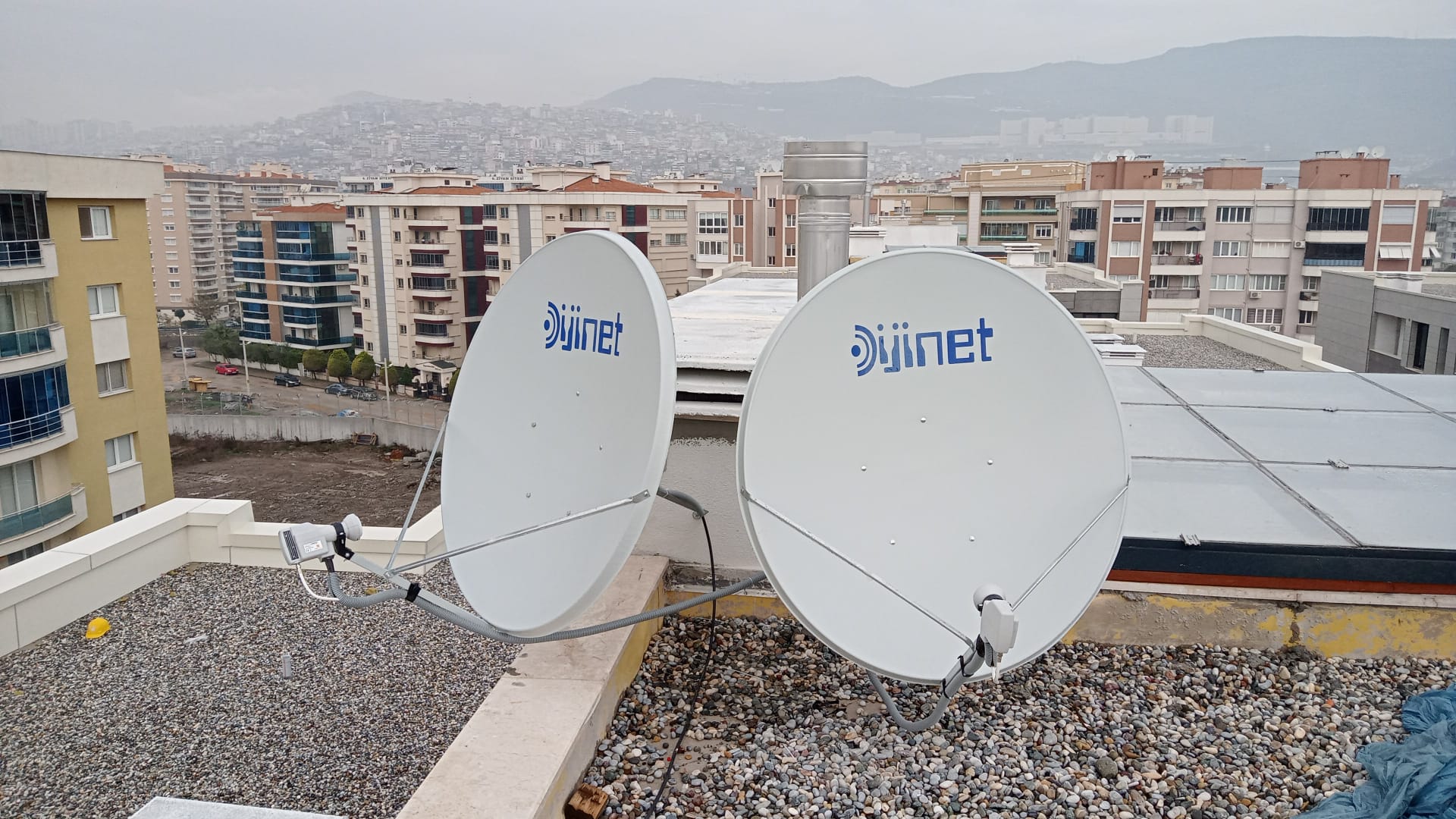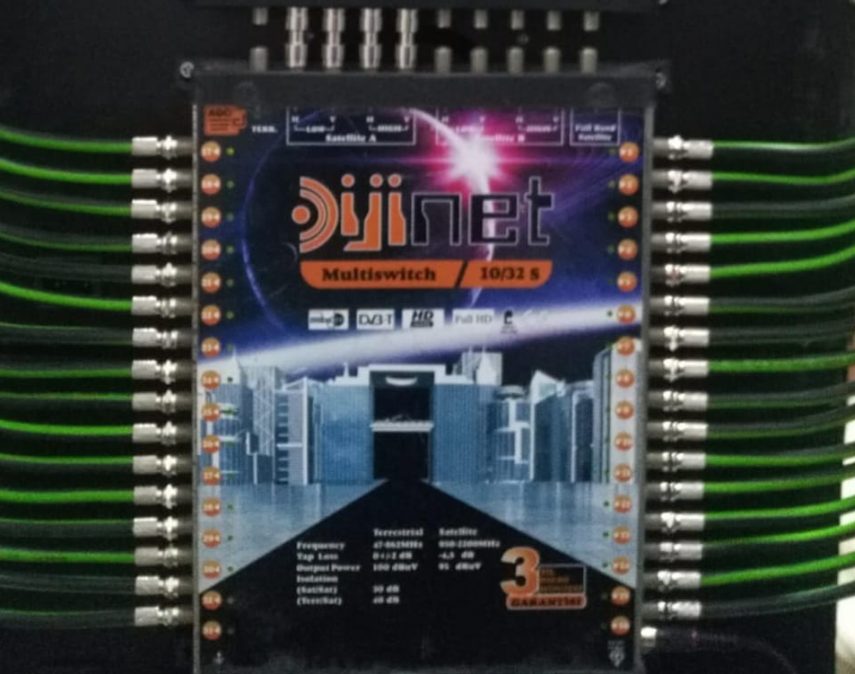Satellite Systems
With the launch of the first man-made artificial satellite in 1957, many things changed in the world. Satellite systems, which serve many purposes, increase the power of technology with their advanced features. These systems, which are used as a kind of data transfer mirror with their materials, receive data signals from the world. It then projects this data back to the world in order to transfer it to a wider scope. These systems have many functions. Satellite systems, which facilitate human life and expand the boundaries of technology, are sent to the orbit of the earth and moved in a certain plane. In our country, the first artificial satellite was launched into orbit in 2011.
What is the Role of Satellite Systems?
Since satellite systems serve different purposes, they have been classified by people. It can be used for communication purposes, photographic purposes, military purposes, meteorological purposes, scientific, monitoring and imaging. Satellites, which receive signals and reflect them like mirrors, resend these signals to a certain coverage area. In this way, this coverage area can benefit from the benefits of satellites. For this, we can give television satellites as an example. The satellite antennas in the buildings receive the signals sent by the satellites and convert them into images. Satellite systems used for communication can carry phone calls and internet streaming as well as TV broadcasts.

Military Satellites
They are satellites that can undertake many tasks such as intelligence, location tracking, information exchange and motion tracking. These satellite systems, which have the ability to monitor not only friendly movements but also enemy movements, are important for ensuring security. Satellites that can take point photos greatly increase the data flow by being able to share these photos instantly. This gives a great advantage to countries with satellites.
Meteorology Satellites
Meteorological satellites, which can predict the weather by following the air movements, draw conclusions by watching the clouds. It can also be used for military purposes. Today, snowfall, rain and wind are known by these satellite systems.
Navigation Satellites
Now, making estimation of location and location has become very easy with navigation satellites. This system, which detects unknown places with the help of electronic receivers, is realized by three GPS satellites that determine the exact intersection point of the signals. Satellite systems that continuously transmit radio signals enable GPS receivers to receive these signals. The more radio signals the GPS receiver receives, the more accurately it can locate.

What are the Advantages of Satellite Systems?
Thanks to satellite systems, many inventions have been produced that make daily life easier. Hundreds of satellites orbiting the Earth send signals to fulfill different missions. Countries with powerful satellites can gain a military and social superiority thanks to advanced signals.
Thanks to the unlimited internet we use today and the high-quality images we watch on television, satellite systems enter our lives. While people were asked the way to find an unknown road in the past, now all places can be found with point accuracy with the navigation system on smart phones.
Thanks to the weather forecasts that help you learn about sunny days, you can enjoy the moment after planning a good day. With satellites, it is possible to make accurate weather forecasts up to 10 times and to know the temperatures point by point.
Satellite systems, which also help to observe the world, can provide very clear pictures of regions where natural disasters occur. Even though it’s partially old photos, it’s easy to see natural beauties around the world with Google Maps. In this way, those who are curious about the world can make short trips without leaving their places.
The first digital satellite was launched in Turkey in 1996. With 8 channels, it cost about 2 thousand dollars. In space, there are 6 satellite orbits around the earth. The Geosynchronous orbit, at a distance of 35,784 km, is the only orbit that moves simultaneously with the earth.
